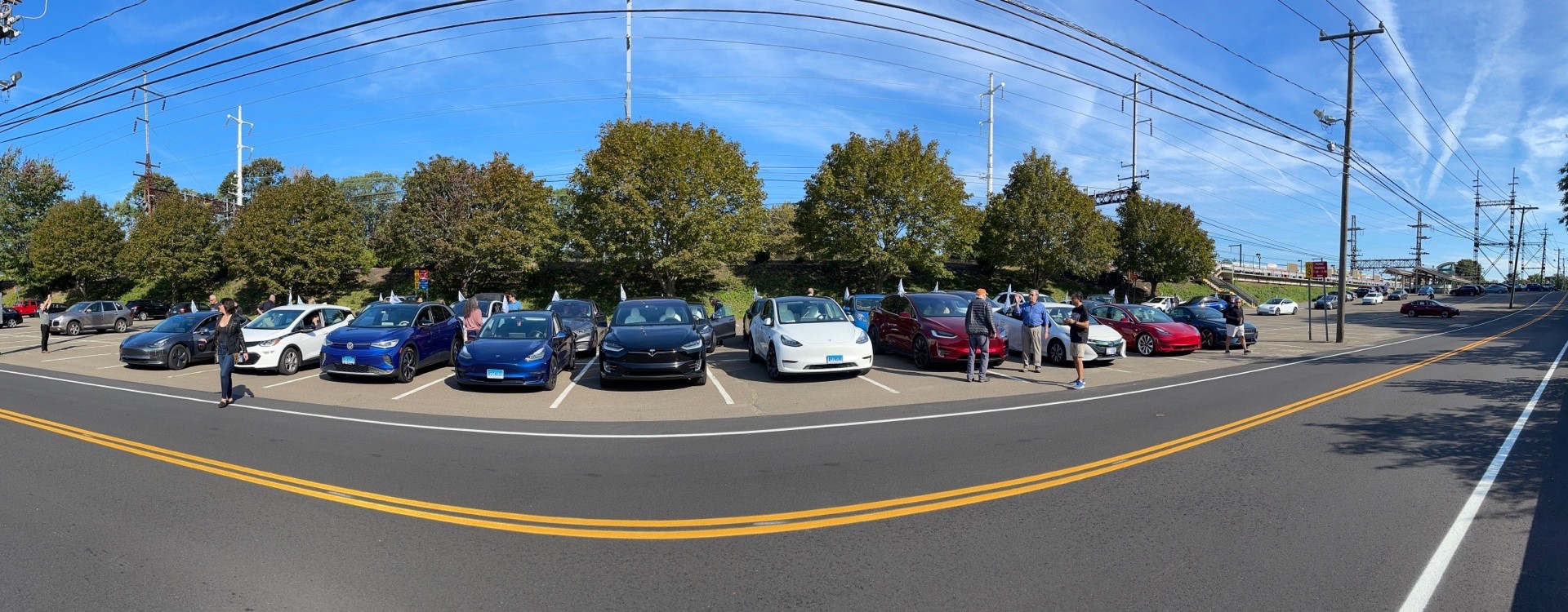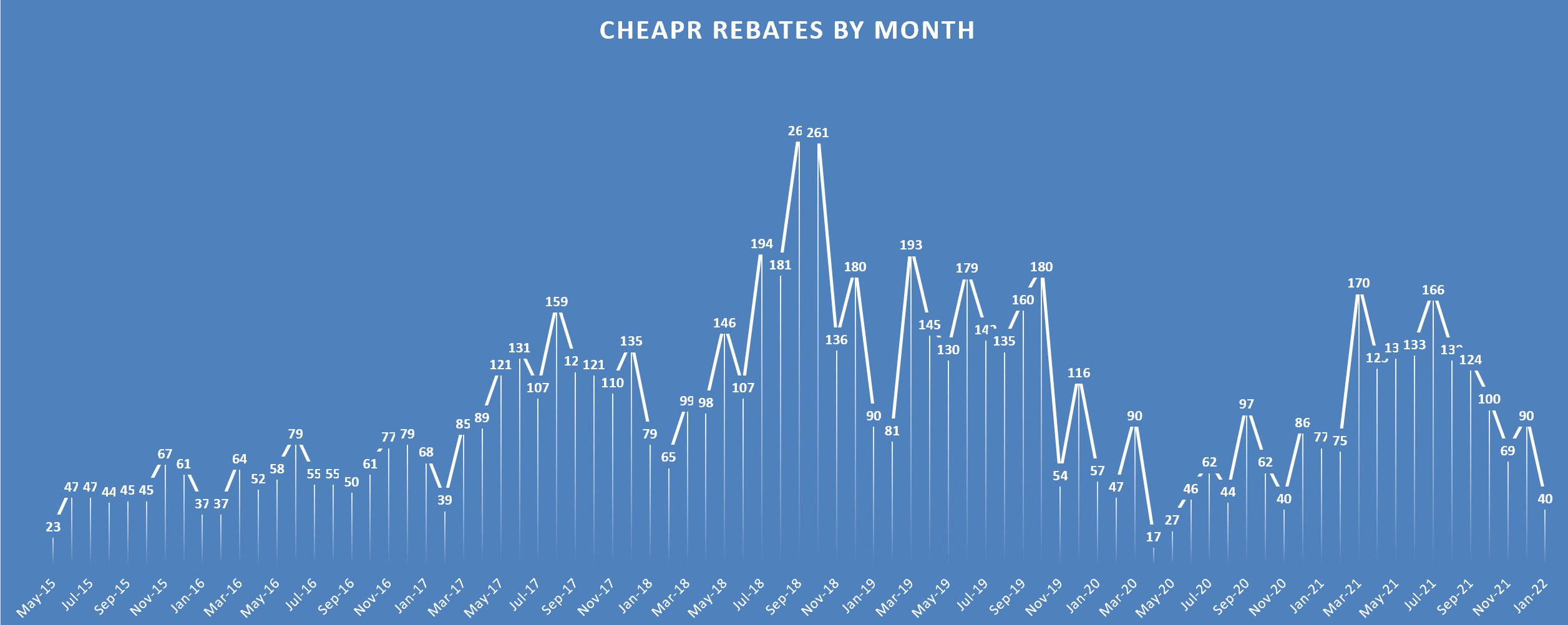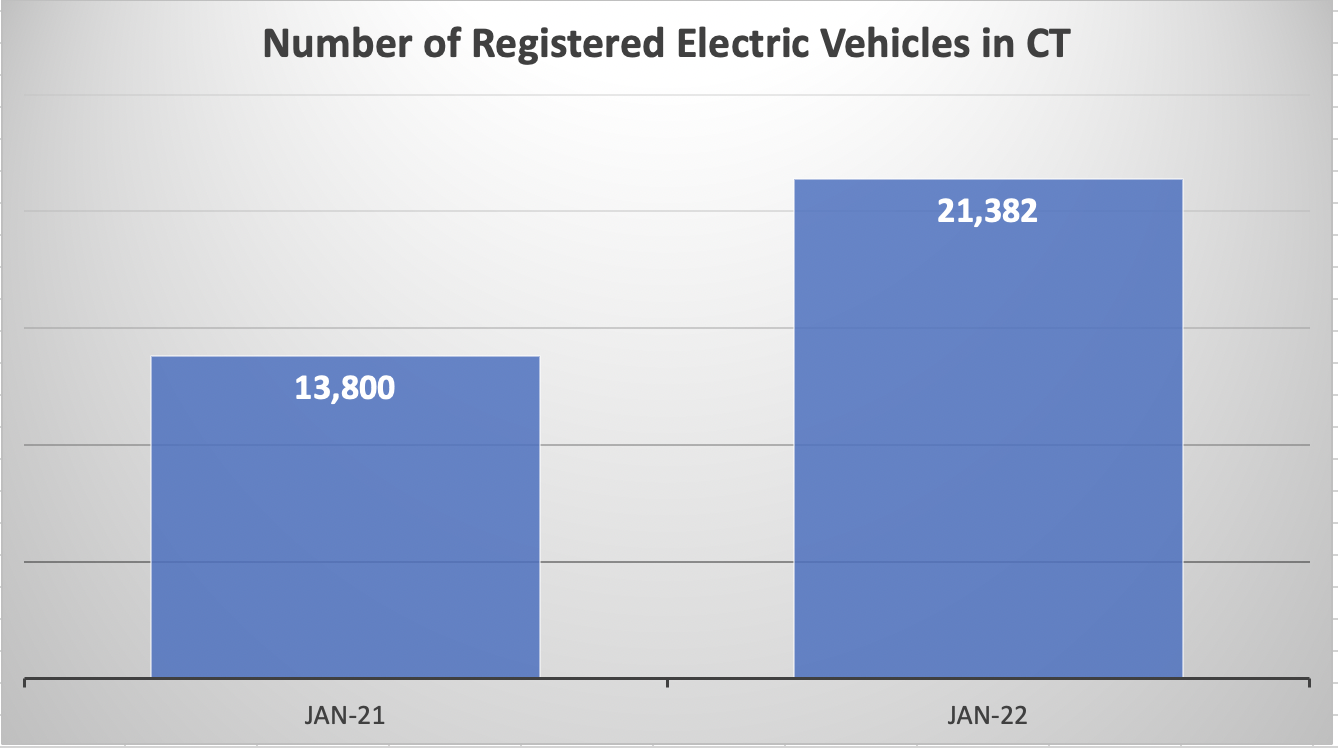The Stealth Patrol – EVs for Police
Post by Barry Kresch Top photo courtesy of the Boulder County Sheriff’s Department Police Look to EVs for Fuel Savings and Performance The public safety world is on a roll when it comes to electrification. … Read more








